Polydactyly (less commonly called hyperdactyly) refers to the situation where there are more than the usual number of digits (five) in a hand or foot. It can be broadly classified as:
preaxial polydactyly: extra digit(s) towards the thumb/hallux (radially)
postaxial polydactyly: extra digit(s) towards little finger/toe (ulnar)
central polydactyly: middle three digits are involved
On this page:
Epidemiology
Estimated incidence is different for pre and postaxial polydactyly 6:
postaxial: ~1 in 3000
preaxial: ~1 in 7000
Central polydactyly is the rarest encountered.
In addition, there may be a greater prevalence in individuals of African descent (particularly for postaxial polydactyly) 7.
Associations
A large proportion of polydactyly is isolated although they can be associated with an immense amount of anomalies which include:
-
aneuploidic syndromic
trisomy 21: tends to be preaxial
trisomy 13: tends to be postaxial
-
non-aneuploidic syndromic
Bardet-Biedl syndrome: often postaxial
McKusick-Kaufman syndrome: postaxial 5
Meckel-Gruber syndrome: tends to be postaxial
megalencephaly, polymicrogyria, polydactyly, and hydrocephalus (MPPH) syndrome 2
-
non-aneuploidic, non-syndromic
syndactyly: most common associated limb anomaly, it is then termed polysyndactyly
Radiographic features
Other than describing polydactyly based on the position of the accessory digit, it can also be described by the number of total digits, e.g. hexadactyly (six digits), or even heptadactyly (seven digits). Indeed the presence of seven individual digits is exceedingly rare but has been reported twice 8.
Whilst radiology has little role in the diagnosis of polydactyly it is important in two ways:
assessment of the remainder of the skeleton (if appropriate) for other skeletal anomalies, and as such aiding in the diagnosis of an underlying syndrome (which in turn may point to additional unsuspected anomalies, and allow for genetic counseling, etc.)
assess the local anatomy to aid in surgical planning; of particular importance is the anatomy of the "normal" digits and the relationship of the extra digit to the adjacent bones and joints
Treatment and prognosis
If it is an isolated anomaly it is incidental and not of concern but if associated with another anomaly it then carries a vastly variable prognosis dependent on the rest of the syndrome.
History and etymology
The term "polydactyly" is derived from the Greek words "πολύς - polus" (many) and "δάκτυλος - daktulos" (finger).


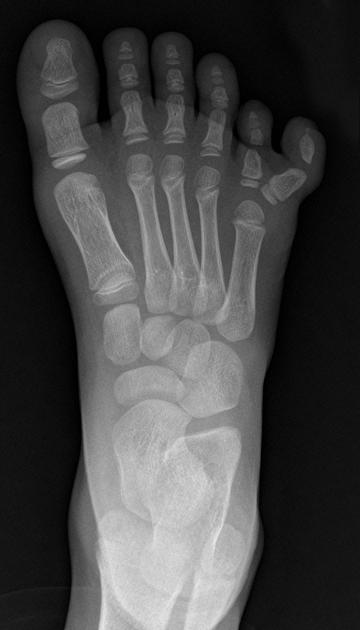
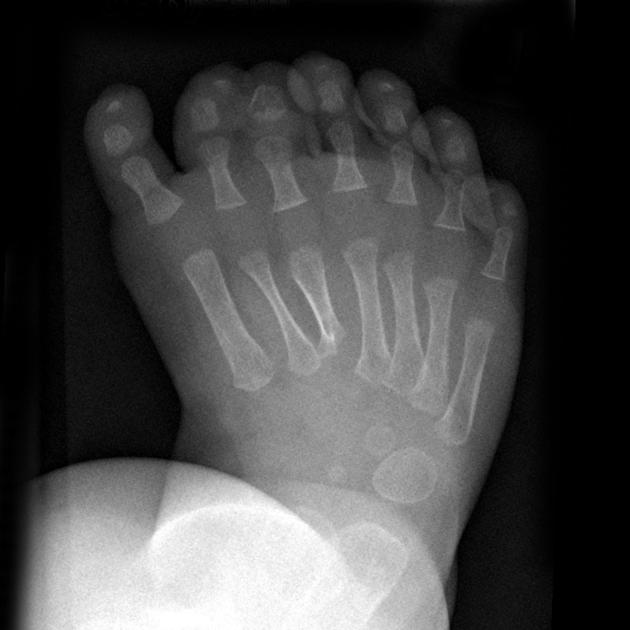
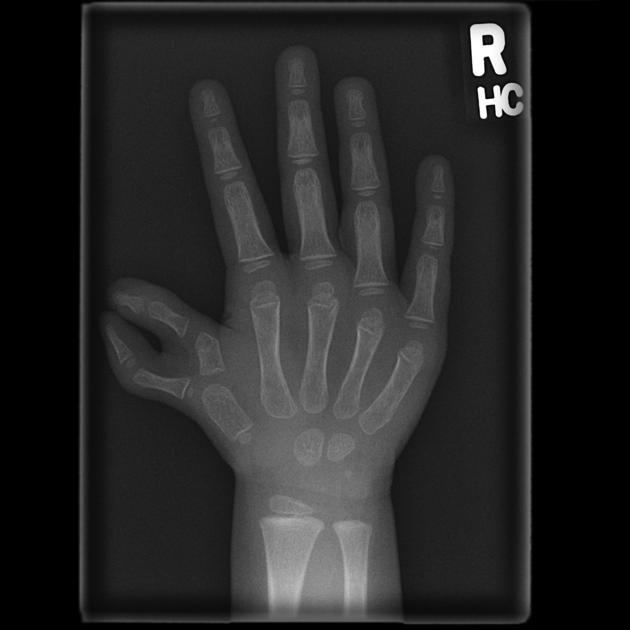
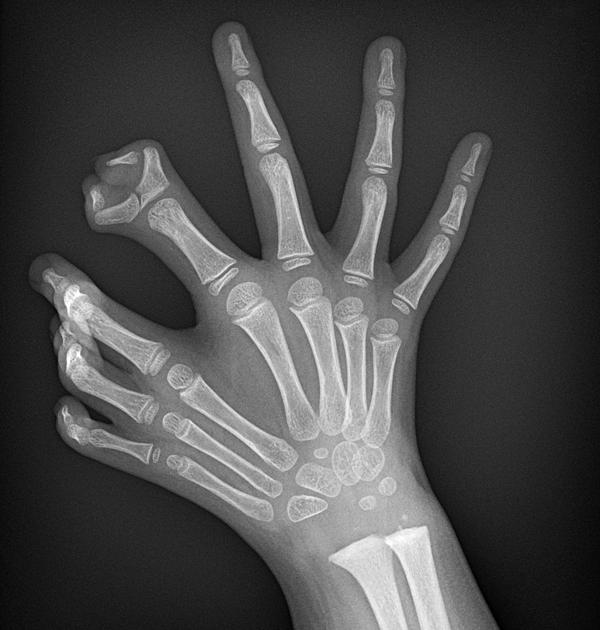
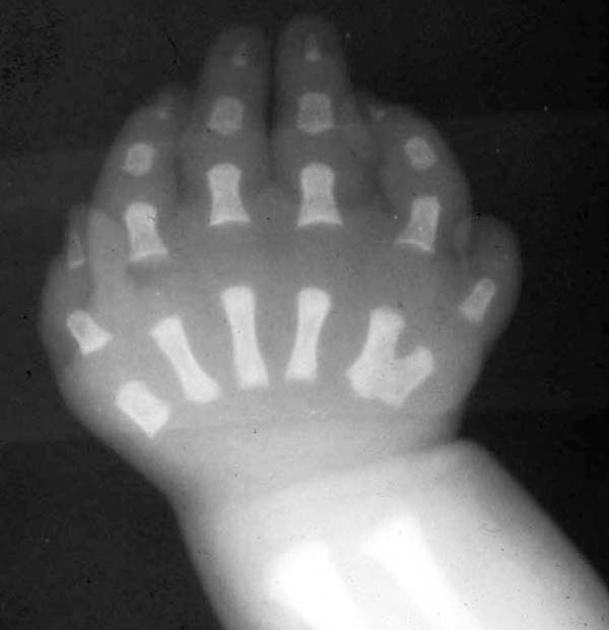
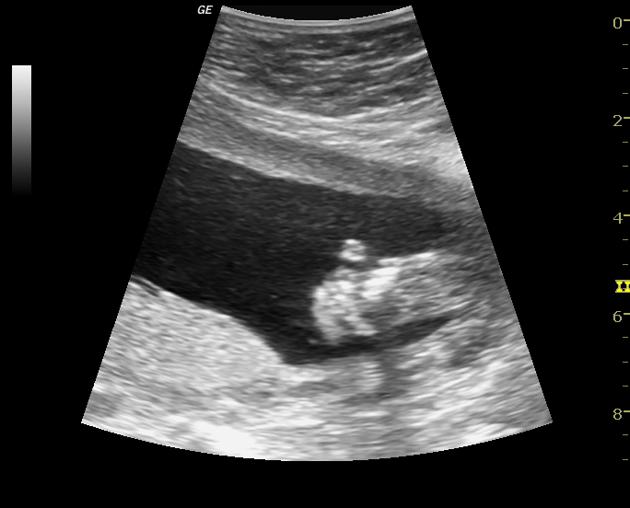
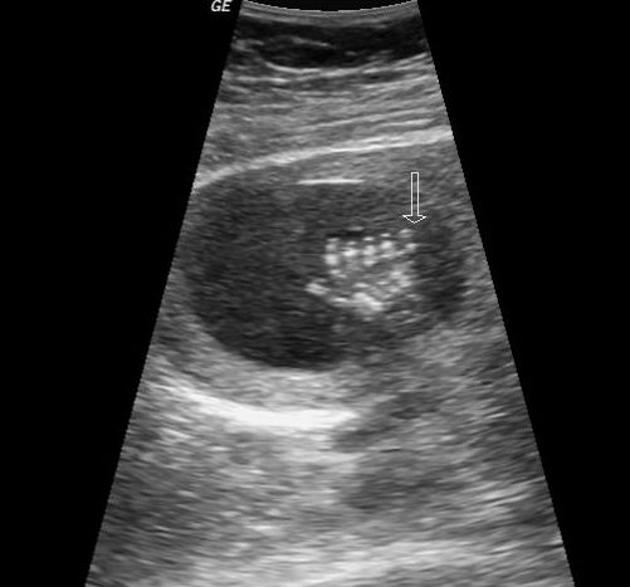
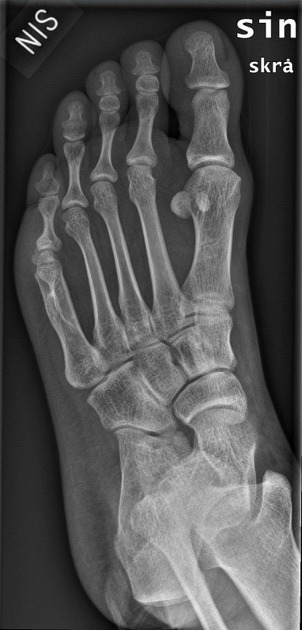
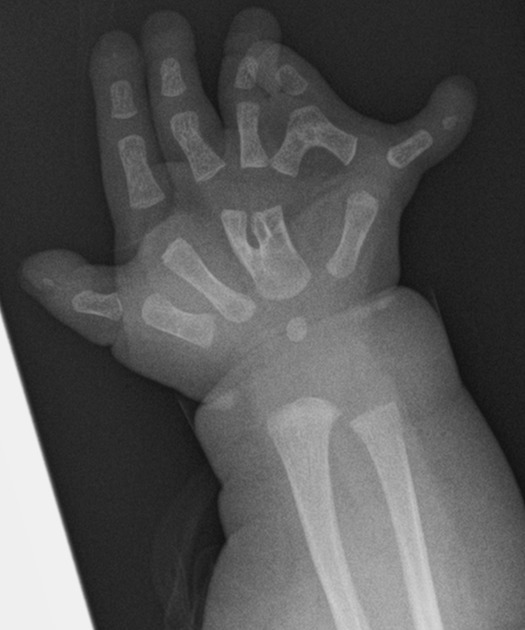
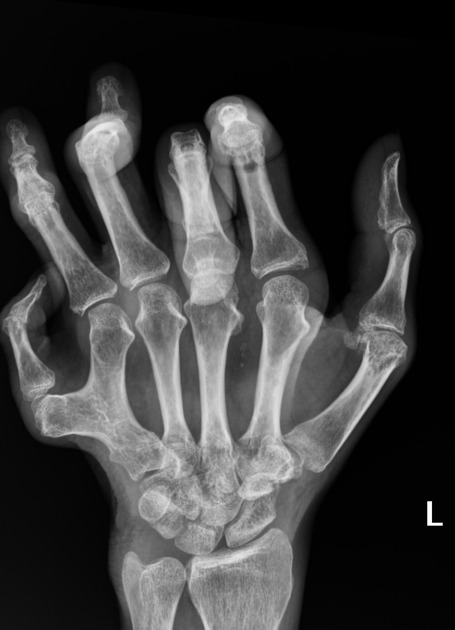

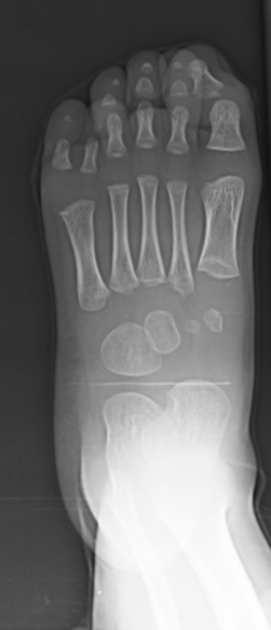
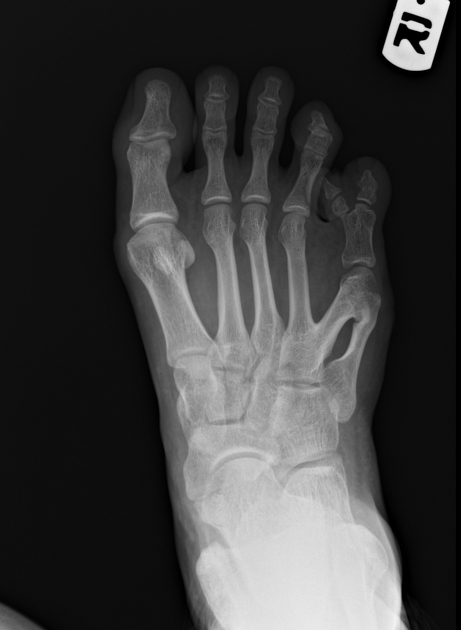
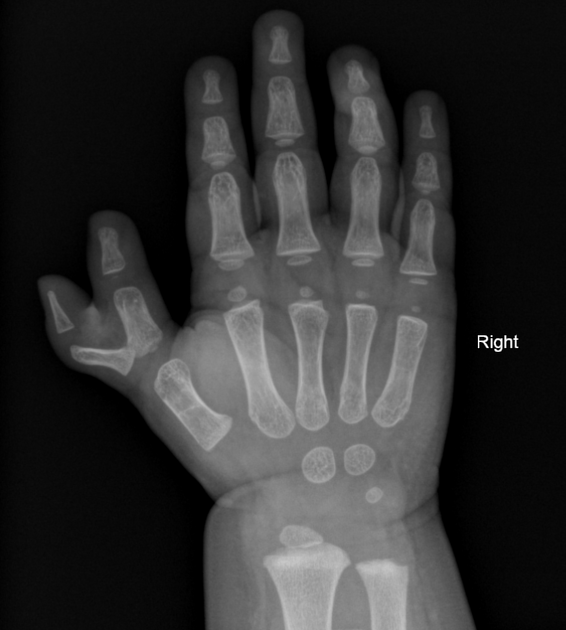
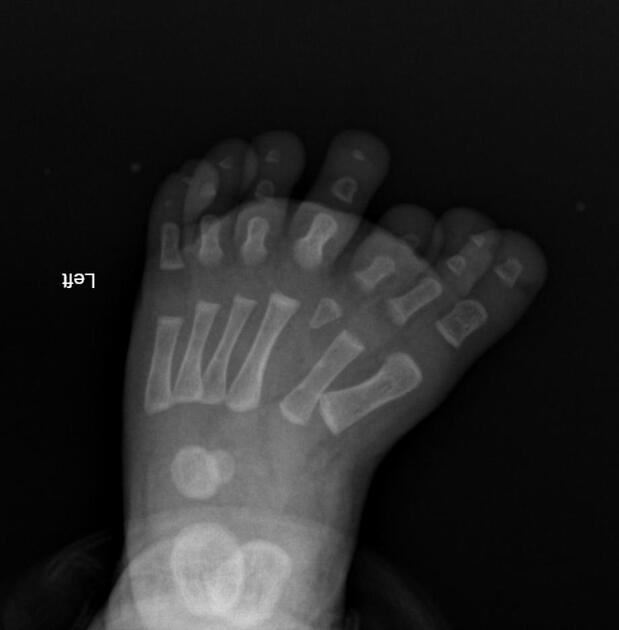
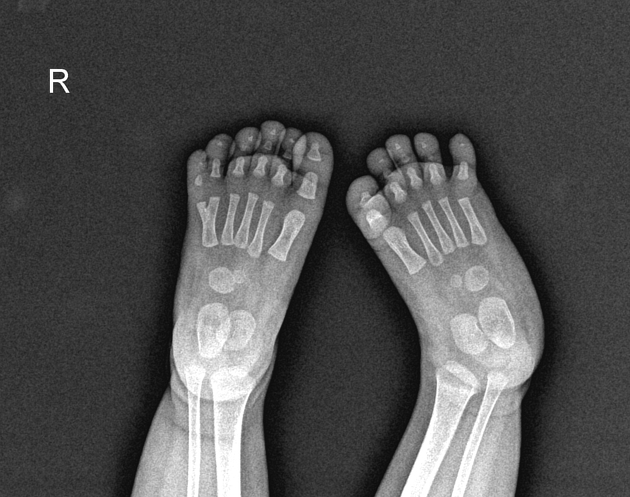
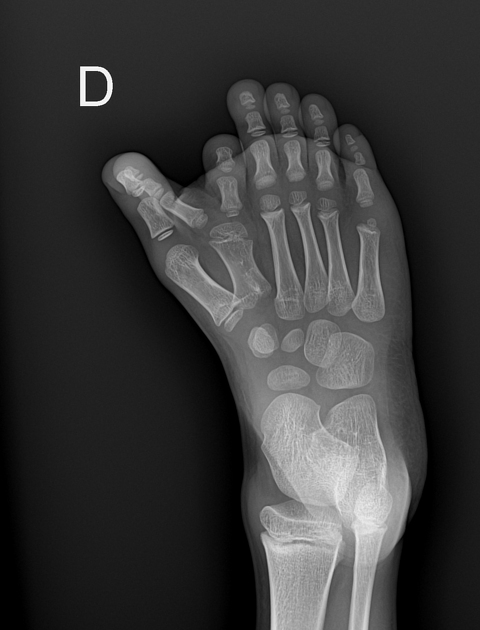
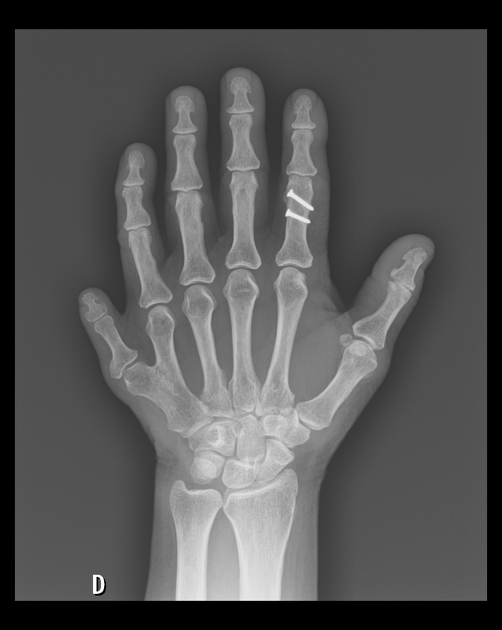
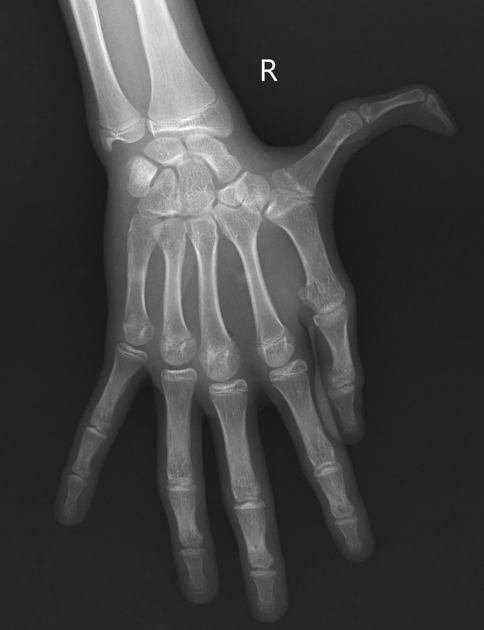


 Unable to process the form. Check for errors and try again.
Unable to process the form. Check for errors and try again.